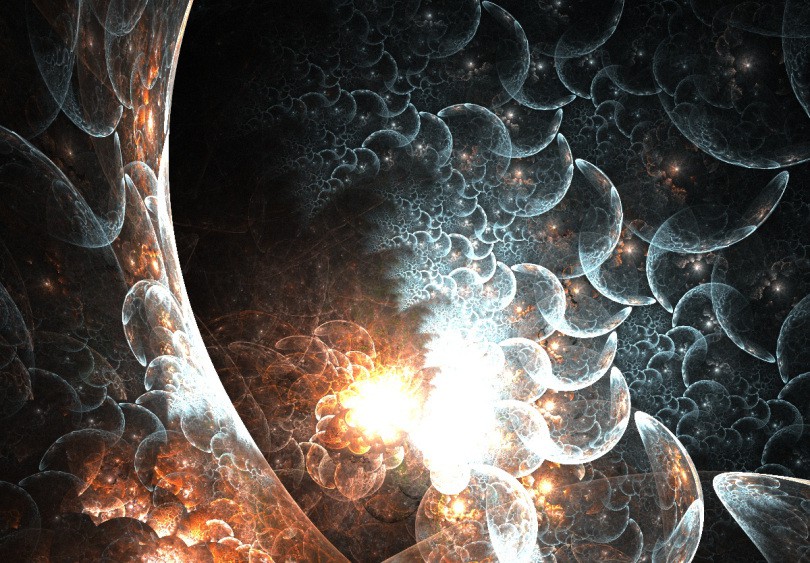
When her child goes missing, a mother looks to unravel the legend of the Tall Man, an entity who allegedly abducts children. -imdb.com
Any fan of the Slender Man web series will have heard of The Tall Man as being a Hollywood attempt to capitalize on this phenomenon. The people who think that haven’t seen the movie. No, the promise the movie makes in its hype, its poster, and its first 20 minutes are soon dashed by convoluted storytelling and a piss poor reveal.
The movie is well made, and on a technical level it does everything to par, but doesn’t shine too bright. It feels like X-files meets Supernatural meets Mothman Prophecies, and that’s a comfortable feeling for me. After all, this should be a more script driven movie, not an acting, directing, special effects or production design driven movie. And that’s too bad in this case since the script fails to deliver. It’s not scary, it’s not thrilling, and it’s very convoluted.
The movie tries to juggle too many character relationships in the beginning, leaving you lost as to what’s going on. By the time you catch up new characters are introduced and the process starts all over again. Jessica Biel does a fine job as the lead nurse Julia, but she becomes victim to a script that takes her character in confusing directions. She’s not the only victim, with many of the characters acting very stupid or very strange. The side characters are competently acted with many of the actors being TV faces, but there’s not enough to keep you interested when the movie goes off the rails. Speaking of going off the rails, about halfway through the movie takes a twist, leaving you not surprised, but confused. You’re forced to think through what you just figured out and reevaluate it. In the process we are left with no protagonist and nobody to particularly care about. Even the young mute girl Jenny has confusing motivations and actions and we just aren’t sure what to think of her. The action on screen is vaguely intriguing, not because the plots good or the characters are interesting, but because of the mystery of The Tall Man. The movie does a good job of setting up the mystery and leaving it vague as to its true nature. We want to know who The Tall Man is and for 40 minutes after the main twist we just sit and wait for an answer. This is where the film falls apart. If what’s going on doesn’t directly help solve the mystery, then we just plain don’t care. Filler isn’t a perfect word to describe these scenes since they do help explain some character motivations (better late then never), but they don’t service the plot as much as the movie would have you think.
The ending is where all this build up, all these twists and turns should pay off… and of course it doesn’t. An amazing ending could have saved this movie, but instead of the supernatural mystery we’re promised, we end up with the blandest, most disappointing reveal I’ve seen since The Box. It’s not worth waiting an hour and forty minutes to see, but just in case there is some poor soul who wants to, I won’t spoil it. It does leave a bitter taste in my mouth and when you look back at the film you can come up with a dozen better twists and endings.
The Tall Man is not something I recommend to anybody. It’s not a film you should follow something else up with, but rather it’s a movie you follow up with other, better things. For those who liked the paranormal beginning I point you towards Marble Hornets, Mothman Prophecies, and The X-Files. For those who liked the more “Town is Evil, twists and turns” aspects of the movie I recommend the short lived series Happy Town, the anime Higurashi: When They Cry or once again The X-Files. All these are far more worth your time then The Tall Man, but then again so is watching funny videos of cats so that’s not saying much.




